The Path towards success in HPAPI manufacturing – Challenges and Solutions
Suresh Thatipally, Ph.D., Senior General Manager, Laurus Synthesis
As the clinical pipelines of global pharma and biotech increasingly target complex treatments requiring drugs that are highly effective at lower dosages, we continue to witness the growth in demand for development and manufacture of high potent (HiPo) molecules. These HiPo molecules typically have the ability to bind selectively at low doses to specific receptors or inhibit specific enzymes as part of Oncology or hormonal therapies. Currently, there is lack of harmonization globally to define or classify HiPo molecules and organizations in different geographies appear to have different views on the categorization. In our experience, the following 4 Band system of grouping OELs (Occupational Exposure Limits) has been the one of the commonly used classifications.
| OEB (Occupational Exposure Band) | OEL (μg/m3) |
|---|---|
| Band I | >1000 |
| Band II | >100 |
| Band III | >1 |
| Band IV and above | <1 |
While the HiPo molecules offer substantial benefits for complex medical treatments, the challenges in developing them and manufacturing at commercial scale are significant. On the top of the list of challenges would be the high capital costs associated with building, maintaining and operating specialized containment facilities. Preventing cross-contamination is extremely critical in HiPo manufacturing operations. The costs associated with handling and disposal of the waste generated are higher when compared to manufacturing of regular non-potent molecules. Relevant and necessary technical expertise to safely handle the synthetic reactions and the molecules generated from them is very essential for success.
A thorough understanding of safety regulations, ability to invest and sustain the costs of maintenance and operations, and high standards of technical expertise are critical to successfully developing and supplying HiPo molecules.
Facility design for HiPo synthesis should take into consideration a number of aspects including the potency of the molecule, scale of operations (development/ small scale manufacturing/ commercial supplies) and the need for dedicated utilities and isolated analytical operations. Primary containment is achieved by isolation of product from the operators and environment through contained equipment running under negative pressure. Secondary containment is achieved by building dedicated and access controlled manufacturing suites that are segregated appropriately from the rest of the manufacturing operations. Clean atmosphere design is supported by accurate general ventilation using double-pass, high-efficiency particulate air (HEPA) filtration. Equipment fitted with special valves or glove boxes for direct charging of discharging materials is essential for safe handling of HiPo molecules. PPE (Personal Protective Equipment) is an add on measure to primary and secondary containment for achieving the desired minimum levels of operator exposure.
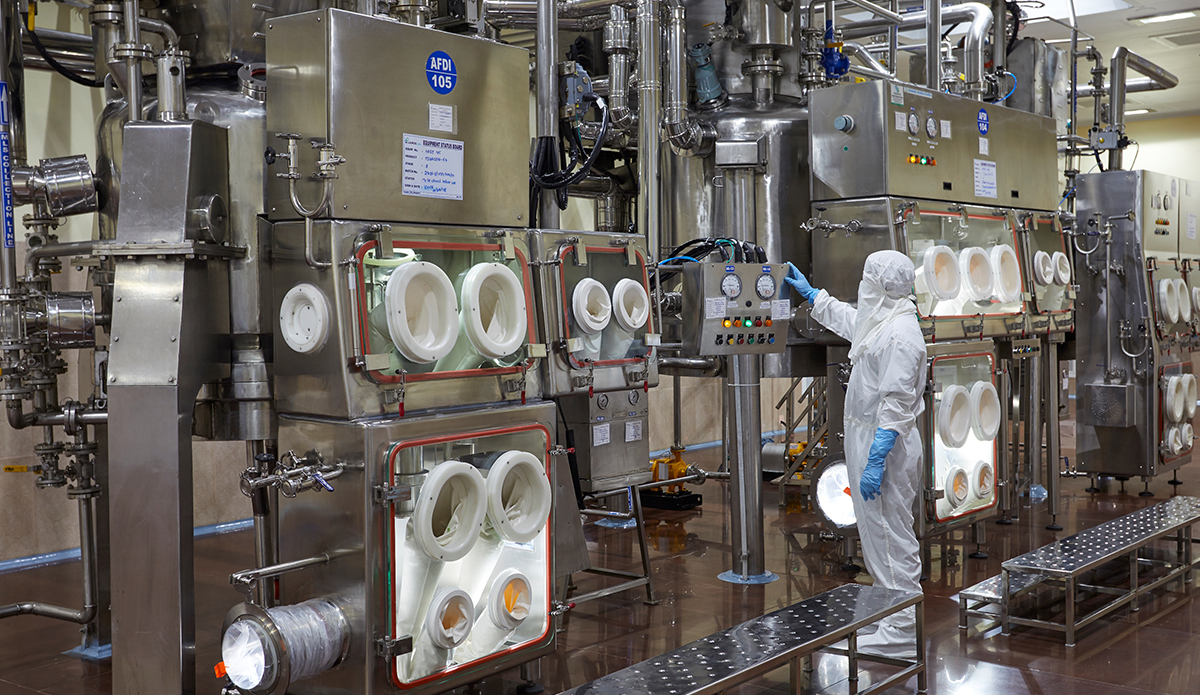
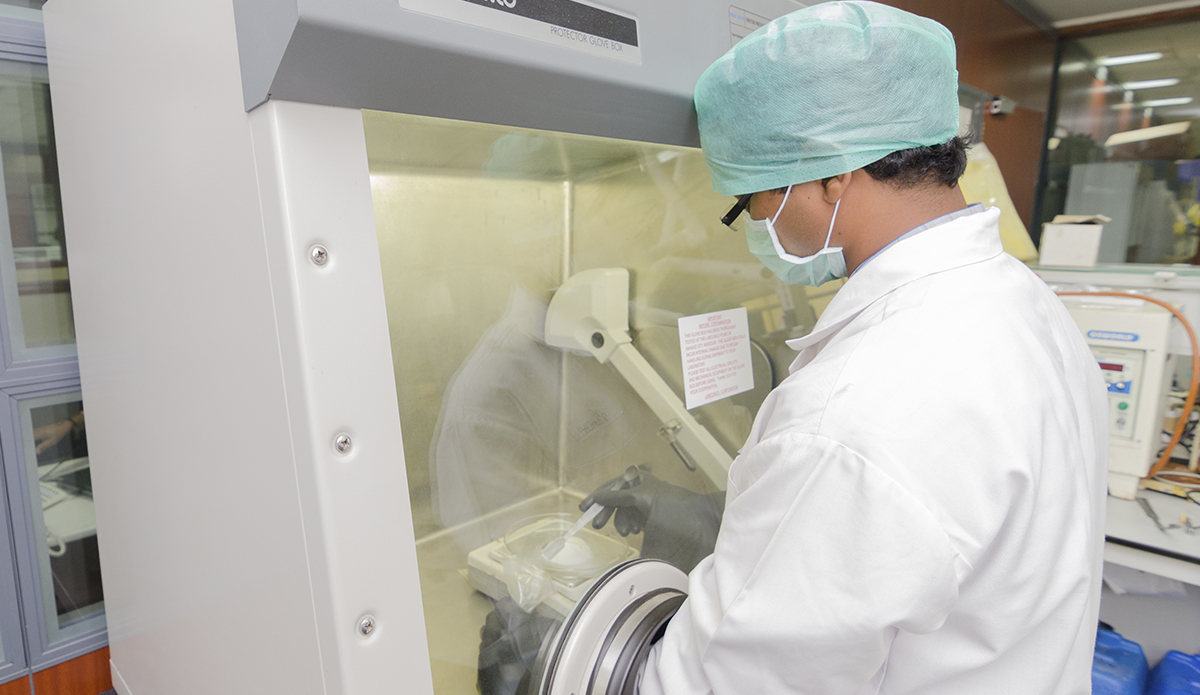
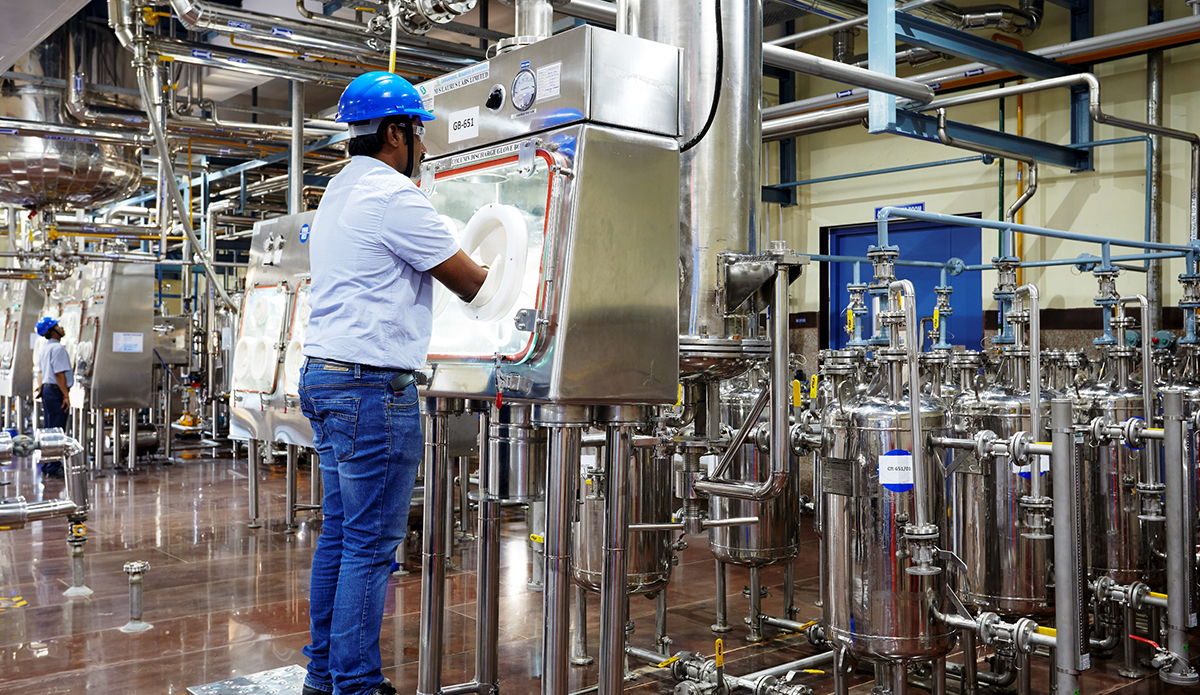
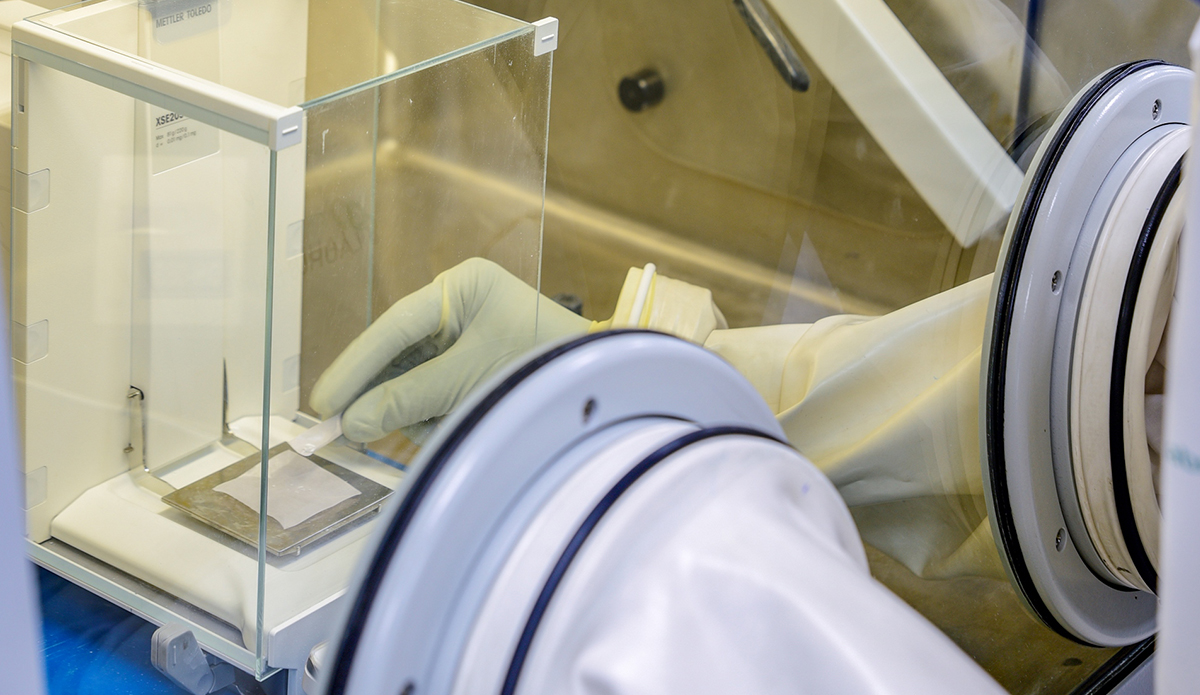
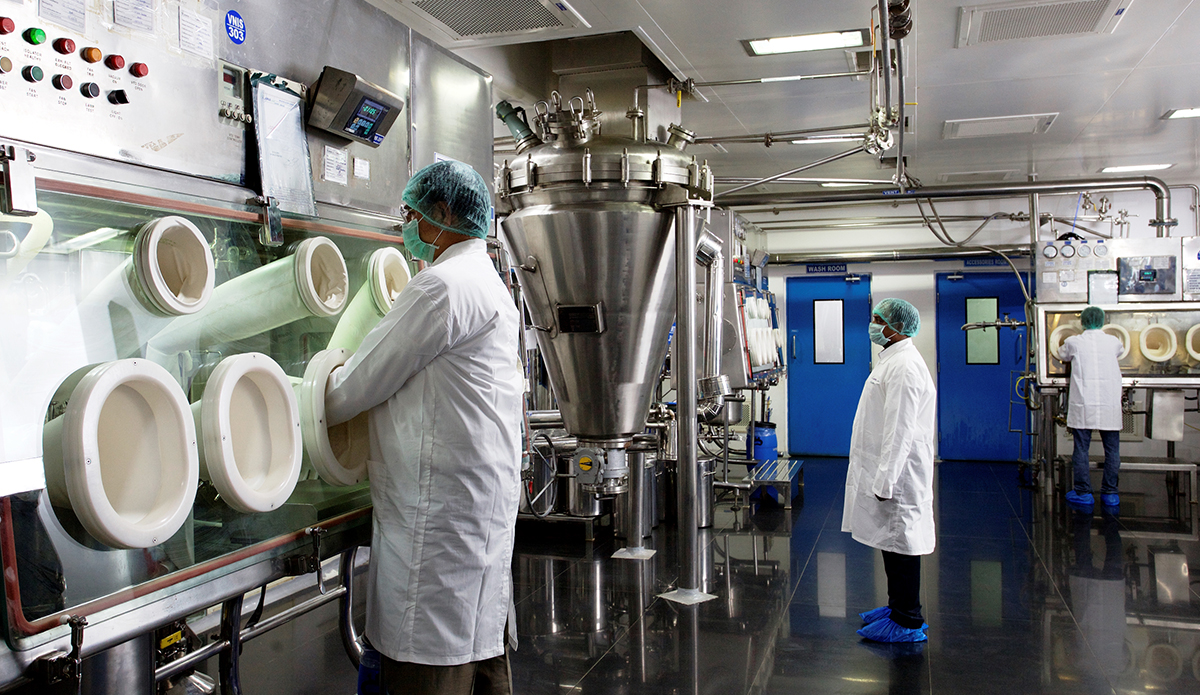
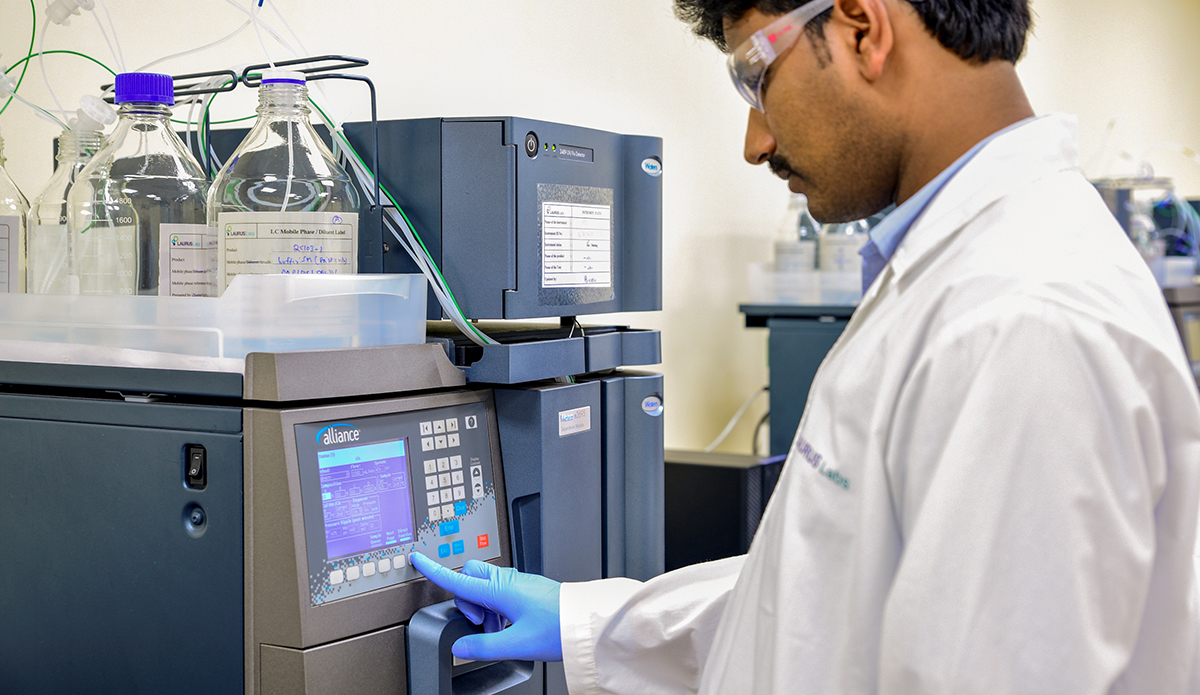

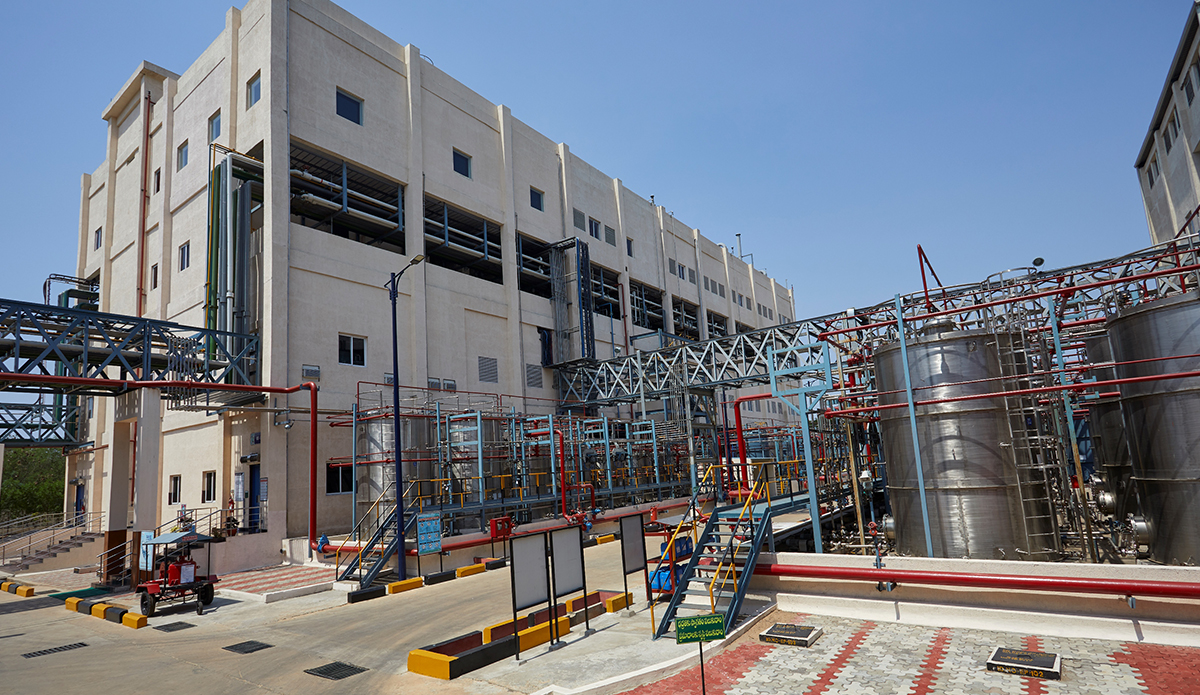
From a development perspective, HiPo molecules present a number of challenges compared to regular CMC work leading to NDA filing. Some of these challenges can be anticipated and fixed using the experience of scientific team working on these projects. Proper assessment of handling procedures based on the available toxicity data is the first step prior to initiating a project. Sometimes there is ambiguity on the potency of not only the API but also the starting materials and intermediates. In such cases, risk and science based evaluation should form the base for deciding the handling procedures. A few challenges can pop up during late phase development that need very specific solutions to be put together in a short time. For example, spray drying in a high potent facility could be a challenge if OVIs (Organic Volatile Impurities) turn out to be a major concern in meeting the specifications especially when the routine methods do not work. Problems such as lump formation during or after packaging can also pose significant delays in meeting the tight timelines for clinical supplies. An experienced team and an organization that has proven track record in developing and commercializing HiPo molecules can really help to fix unexpected challenges quickly which is critical to meet the tight timelines of development and launch.
Laurus has long and diverse experience in development and manufacturing of HiPo molecules – Cytotoxic drugs as well as Hormonal steroids. For each of the following case studies, Laurus has thoroughly understood the customer and project requirements, worked closely with our customers to build dedicated HiPo manufacturing facilities that meet global safety and regulatory standards and for successful development and manufacturing of the clinical/commercial supplies.
Case study I
Validation and commercial supply of hormonal steroid intermediates

Successfully tech transferred in >13 regulatory intermediates and currently supplying commercial supplies to our global pharma customer. Keeping stringent safety and regulatory requirements of the customer, Laurus has constructed a dedicated HiPo manufacturing unit. A number of technical challenges (chemistry and analytical) have been addressed during the tech transfer and our successful relationship is now its sixth year.
Case study II
Development of a cytotoxic molecule from Pre-clinical to Phase III

The journey started with quick scale up using medicinal chemistry route for Pre-clinical supplies which was followed by thorough development including evaluation of critical process parameters to support process validation and Phase III clinical supplies to our biotech customer based out of the UK. In parallel, development of two other clinical candidates is underway. To support the on-time delivery of clinical supplies, Laurus constructed a dedicated HiPo manufacturing suite that not only meets global safety standards but also has specific manufacturing equipment customized for the process developed at Laurus. The collaboration is currently in its successful 7th year.
Case study III
Commercial supplies of a HiPo molecule

This challenging project involved producing the final stage of the synthetic route in HiPo facility at multi-metric ton scale. In addition to building a dedicated and customized manufacturing suite for our customer in Europe Laurus had also backward integrated the (non-potent) starting materials to support the project goal to reduce overall cost of goods.
Case study IV
Establishing a secure supply of HiPo Phyto API
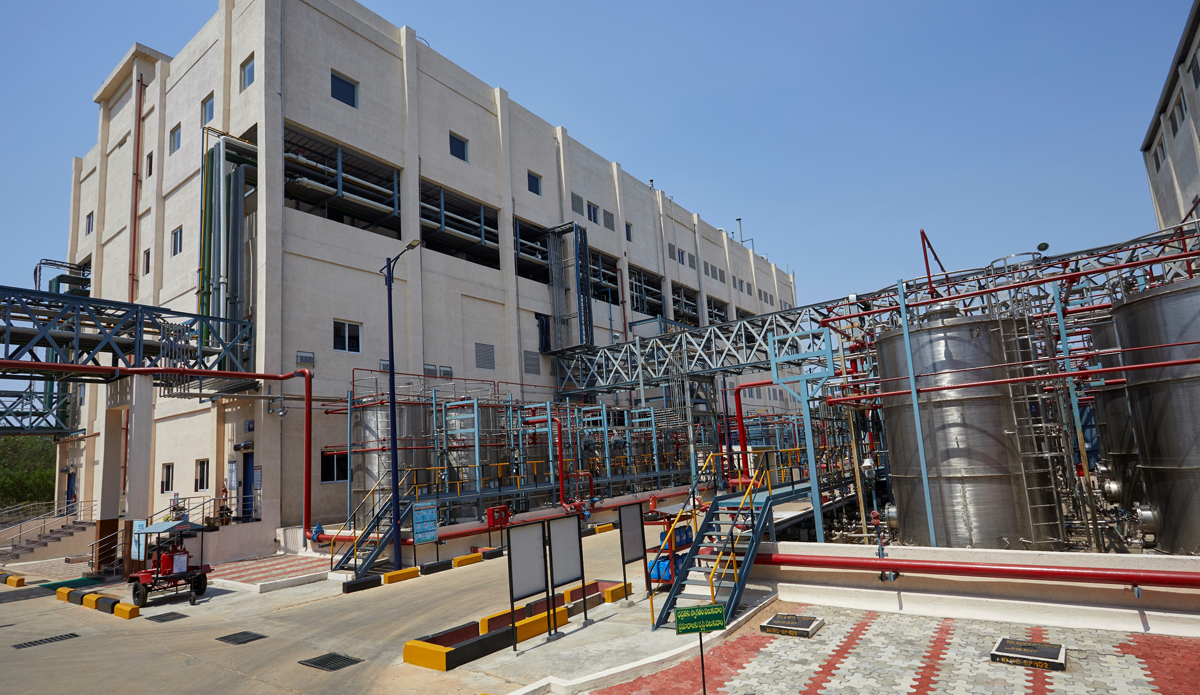
More than 10 million USD invested in building a dedicated, cutting edge production facility for our European pharma customer to manufacture a life saving, micro-dosed API for the treatment of various heart conditions. The manufacturing process is one of the most complicated in the industry including the critical need of achieving proper particle size distribution.
In summary, the critical success factors in development and clinical/commercial supplies of HiPo molecules would be a thorough understanding of safety regulations for protection of employees and the environment, ability to invest and sustain the costs of maintenance and operations and high standards of technical expertise to efficiently develop and commercialize the production.
